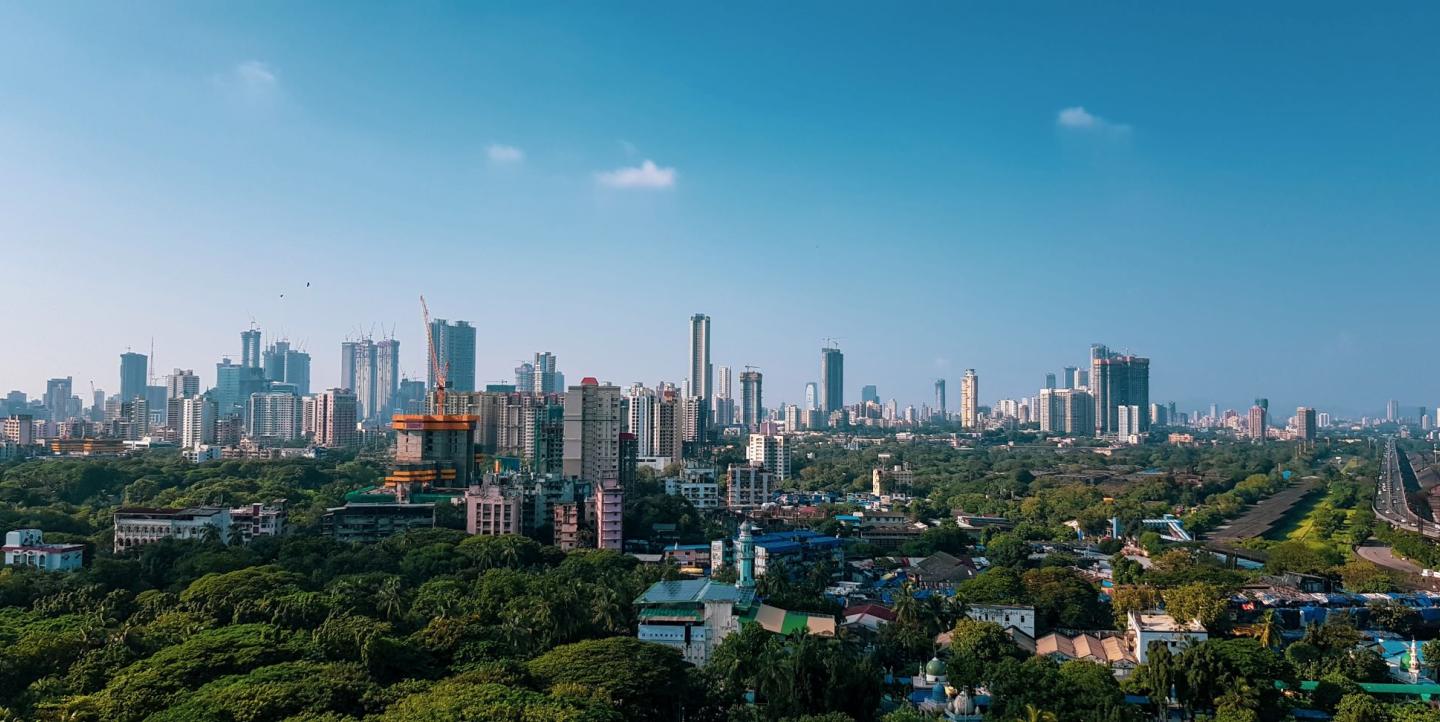In this age of information disorder, false news stories mimicking credible foreign reporting are on the rise in India.
In 2020, for example, EU DisinfoLab’s report Indian Chronicles blew the lid on what it described as a “massive operation targeting international institutions and serving Indian interests,” involving “fake journalists” and around 750 fictitious global media outlets with titles like “Boston Star,” “Hong Kong Herald” and “Toronto Telegraph.”
The realistic sounding names lead unsuspecting readers to believe that these are actual news outlets. “The real challenge is in countering the more pervasive, adversarial narratives that emerge when lies are mixed in with elements of truth to spin misleading and harmful narratives,” said Daniel Rogers, co-founder of Global Disinformation Index.
Hoax global press coverage enters an already crowded disinformation ecosystem in India. Just last year, the Reuters Institute Digital News Report noted “serious problems with misinformation and hate speech” in the country, as more people turn to social media for news.
The ruling Bharatiya Janata Party’s Information Technology cell is especially known for spreading disinformation. Last year for example, its ministers and members shared a misinformation-laden puff piece commending Prime Minister Narendra Modi's pandemic efforts from a website resembling The Guardian.
In other instances, the New York Times had to clarify that a post praising the prime minister’s foreign policy was not true. Last May, a publication called Australia Today attacked journalists critical of the government's handling of the pandemic, and another, The British Herald, claimed Modi won a global poll as the world's most “powerful” leader. In Time magazine, the state government of Uttar Pradesh published an advertisement resembling a reported story of its achievements, leading Indian officials and media outlets to claim that Time had praised the chief minister, Yogi Adityanath.
The global context
This is reflective of worldwide trends. During the 2016 U.S. presidential election, misleading content, “designed to look like brands we already know,” was among six types of misinformation circulating in the news. Four years later, the 2020 U.S. election saw the rise of “pink slime,” or automated low-cost, local news content.
In 2020, CNN Philippines debunked a tweet from an imposter account that falsely attributed a quote to Philippine President Rodrigo Duterte. AfricaCheck last year identified a fictitious story posing as New York Times reporting about Kenya’s Building Bridges Initiative. In Brazil, Agencia Lupa called out an article praising President Jair Bolsonaro, which was masquerading as a Washington Post front page story.
How hoax foreign press coverage succeeds
The hoax global press coverage in India circulates widely on social media, WhatsApp in particular. "Such news stories are targeted at people who pick up much of their news and information on current affairs from WhatsApp or other social media sources—this is not your discerning news consumer," said Manisha Pande, executive editor of Newslaundry, adding that there is often a spike in misinformation across social media during elections, too.
“[The hoax global press coverage] is an attempt to show Modi as a statesman and such fake clippings help political IT cells to promote their narrative,” said Jency Jacob, managing editor of BOOM. “As far as its supporters are concerned, these fake media clippings go viral on social media where most do not have the ability to identify whether it is true or false. Blind faith in their political leader or party leads them to accept such posts without any skepticism.” Positive coverage by the global press matters to Modi’s supporters, he added.
Jacob further noted the challenge in identifying the sources of misinformation on encrypted platforms like WhatsApp. "A lot of social media pages that share such content cannot be traced to any political party directly, thus giving them deniability when they are caught peddling false information.”
The Indian government’s response to negative press
Global news coverage has been critical of India’s record on a wide array of issues, including human rights, digital rights and the removal of autonomy in the Kashmir region, in addition to the country’s eroding democratic rights and handling of the pandemic. In 2019 ahead of the country’s general election, Time magazine ran a cover featuring Modi as “India’s divider in chief.”
International media coverage of its handling of the pandemic especially rankled the government. External Affairs Minister S Jaishankar told diplomats to counter the ‘one-sided’ international media coverage, and Indian embassies have also responded to this criticism.
The negative coverage, explained Suhasini Haidar, diplomatic editor of The Hindu, and former CNN International correspondent, has "diminished the reputation of India in foreign capitals, and parliaments in the U.S., U.K. and Europe have all discussed these issues in addition to the state of human rights in India." This has prompted the government to impose restrictions on foreign correspondents in areas like Kashmir, she said.
Efforts to combat misinformation
Some efforts to expand fact-checking in Indian languages are already underway, like this effort by computer science researchers. A group of fact-checkers and newsrooms in India have also come together under an initiative called Ekta.
Meanwhile, organizations like BOOM and Alt News offer readers avenues to submit content to be verified.
Photo by Hardik Joshi on Unsplash.


